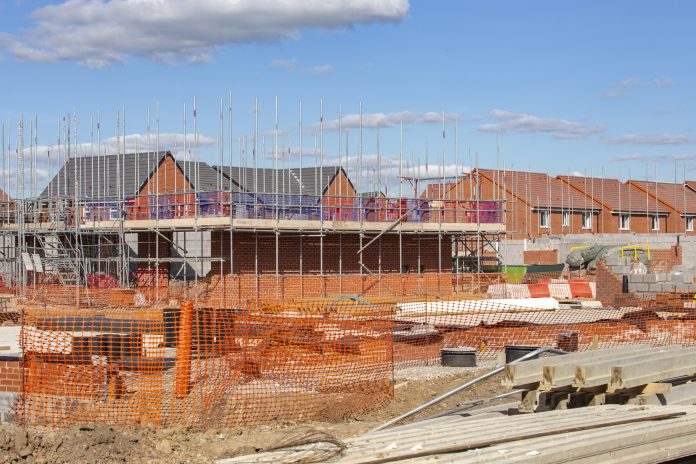David Baybut, head of Real Estate at national law firm Stephensons, discusses the recent plunge in social housing figures and explores how ‘new thinking’ can grow the stock of homes for social rent
The news that the number of new homes built for social rent has plunged by almost four-fifths in the last ten years has only highlighted what has become obvious in recent years to many of us.
Some serious thinking is needed if we are to ensure there are enough properties available to rent for those who need them.
The figures from the Ministry for Housing, Communities and Local Government said that the number of homes built for social rent plummeted from almost 30,000 ten years ago to 6,463 last year.
Around 1.25 million families are waiting for council homes in England and some have been on those waiting lists for years. In addition, nearly 300, 000 people are thought to be homeless.
The latest statistics have been condemned as ‘disastrous’ with claims that, at the current rate of construction, it would take at least 170 years to build enough homes for everyone on the waiting list.
Yet the number of new ‘affordable’ homes being built is actually on the up, increasing by 12% to nearly 50,000 last year.
The problem is that many of these homes are classified as ‘affordable rent’ properties, where maximum rent is limited to 80% of private rental costs locally. These are often unaffordable for poorer families.
Other homes are intermediate affordable housing, which includes shared ownership properties and affordable home ownership schemes.
This means only a small percentage of new homes are for social rent, meaning local incomes and house prices are factored in when rental costs are set.
Significantly increasing the number of affordable and social rent homes could be a major step towards easing the severe shortage of homes in the UK.
Over the past couple of years, the issue has moved up the political agenda and we’ve taken some steps in the right direction.
In 2017, the Government announced an injection of £2bn for housing, concentrated on areas with the greatest need.
However, this may only result in around 5,000 additional social rented homes each year – a fraction of the total needed.
Then, in October, the Government announced it would lift the limit on local authority borrowing, allowing councils to build more new homes, many of which are likely to be affordable or social rent.
The Mayor of London has also launched the Building Council Homes for Londoners programme, backed by Government funds for social rented housing.
As welcome as these moves are, they are not enough on their own. We need new thinking to grow the stock of homes for social rent.
While councils do need to be ‘empowered to build social housing’ and increase housing stock, it should not be their sole responsibility. Local authorities could share that role with the private sector and housing associations.
In order for this to happen, those operating in the private sector will need to receive tax incentives to make this a more feasible option.
Over the past few years, the Government has altered Stamp Duty Land Tax (SDLT) to make residential property investment less attractive for buy to let landlords. But this has affected the private sector build to rent developers.
An SDLT rate of 15% is payable when a company buys residential land for over £500,000.
Even if this doesn’t apply, corporate investors still have to stump up for a three per cent surcharge on the purchase of additional residential properties, which brings the rate back up to 15% on anything over £1.5m.
The SDLT regime could be eased specifically to incentivise private investors to build homes for social rent.
A further incentive could be relief for housing associations in relation to access to finance for housebuilding.
The impact of welfare reforms has been far-reaching and, in the public sector, they have provided further challenges which may have made it difficult for these sectors to be able to act in terms of planned and commenced development.
The most significant change in the welfare system comes in the form of Universal Credit.
Housing associations are finding that many tenants struggle to maintain rent payments, particularly in the five-week assessment period before they receive their first payment.
Deductions for Government debt, Council Tax, rent arrears or debt with utility companies can also make a dent in payments.
This results in growing rent arrears which threaten the financial stability of housing associations.
Housing associations have responded well to these welfare reforms, with digital improvements and better communications with their tenants. However, the restrictions on cash flow due to Universal Credit have, in some instances, made for a more conservative approach.
Housing associations need certainty over their income if they are to build more new homes for social rent, so we need to think about adjusting the welfare benefits system to provide that.
These elements combined will all need to be given some attention if we are to increase the number of new build homes for social rent.
When considering the build of social rent homes, we also mustn’t forget the local supporting amenities that people living in them need to be supported in their local communities.
 David Baybut
David Baybut
Head of Real Estate
Stephensons
LinkedIn: Stephensons Solicitors llp
Twitter: @SolicitorsLLP














